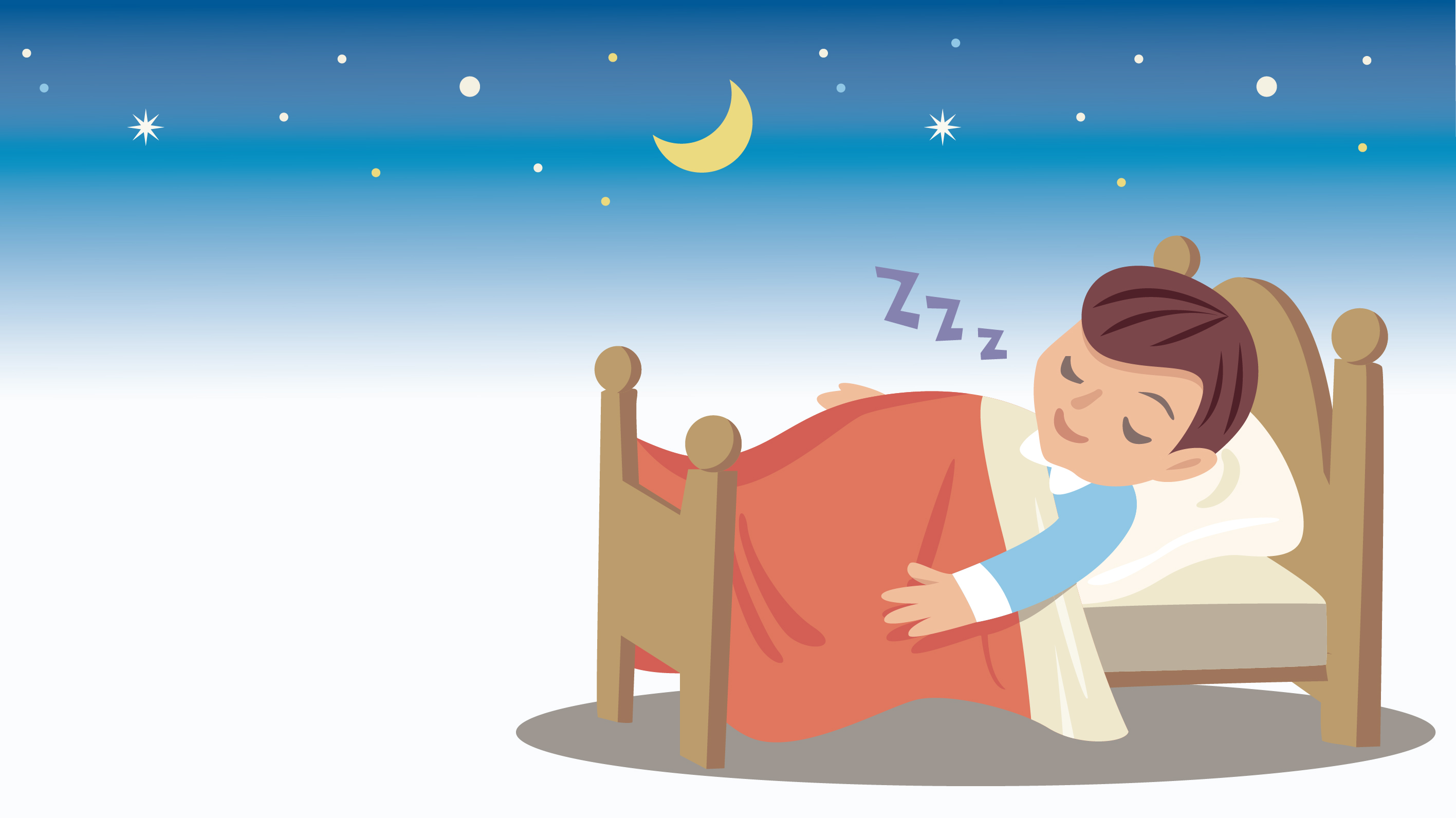Research In Action
Research In Action
Breadcrumb

Let's talk about sleep. It's one of the most commonly discussed topics during my visits with patients with neurodevelopmental differences. In addition to screening for potential sleep disorders that might impact sleep such as obstructive sleep apnea or restless leg syndrome, we often spend a lot of time discussing behavioral factors that impact safety during sleep.
For instance, a common concern families bring up is that their child on the autism spectrum or with intellectual disability can wake up in the middle of the night and leave the room. The child may wander the entire house (unattended), encounter various safety hazards, and potentially even try to leave the house. I am often asked about whether there is a special kind of bed to keep their child safe during the night.
An internet search for beds for children with neurodevelopmental differences yields numerous options for safety beds marketed to families of children with neurodevelopmental differences. However, without much in the way of research or guidelines, it can be challenging to determine 1) when to recommend these beds and 2) which beds are recommended.
Determining Who Needs a Safety Bed
For these questions, I often turn to my colleagues at the CHOP Adaptive Equipment Clinic to lean on for their expertise to evaluate children for safety beds. I recently reached out to Deborah Humpl, the Adaptive Equipment Clinic administrative coordinator and occupational therapist, for advice on what factors to consider when discussing the need for safety beds with families.
"We will look at the diagnoses to determine some things...with regard to children on the autism spectrum, we will discuss some of the typical behaviors that lead the child to elope, including the need to go outside, explore the kitchen unsafely, etc.," she advised. Other behaviors that occur commonly in children on the spectrum that may impact the need for a safety bed include:
- Climbing and jumping abilities
- Burrowing with desire to get under things (e.g. children who burrow in between the mattress and the headboard)
- Head banging
- Obsessive chewing
Once it is determined that a child would benefit from a safety bed and that other strategies the family has already trialed were unsuccessful at keeping their child safe overnight, the next step is to determine which safety bed to recommend.
What To Look For in a Safety Bed
When evaluating for safety beds, one important issue is that of entrapment. "Entrapment is a huge issue. The child should not be able to flip a mattress and get caught underneath. Kids can get limbs and their whole body caught in the bed rails and spaces between the mattress and rails," Deborah cautioned. Entrapment, which can lead to serious injury or even death, can occur in multiple zones of any bed (including bedrail, headboard, and mattress). Safety beds may have additional items, such as bed covers or technology units/portals, that can potentially increase the risk of entrapment.
Deborah also advised considering the following features:
- Some safety beds are tent type beds that go over the box spring. These kinds of beds have the potential to be flipped over if there are more behavioral concerns than just waking up and wandering.
- Casters (wheels) should lock all the way around the bed so that a child who rocks and bangs doesn't move the bed across the floor in the room.
- Beds may have padding built around the bed to prevent injury.
Families should be encouraged to partner with their pediatric providers to determine the best bed option for their child. A referral to an occupational therapist may be helpful to determine what kind of bed would be both useful and safe. Finally, families should also understand that insurances vary on approval for beds for safety. Clinicians should document if elopement is a reason to recommend a safety bed.
For more general information about sleep for autistic children and their families, check out this toolkit from the Autism Treatment Network.

